The Baroque period was a time of great upheaval. Monarchs believed in the divine right to rule, a notion continuously threatened by the relentless spread of the Ottoman Empire. Civilisations clashed like never before, opposing religious ideals stoking that vicious fire. Curiously, this was also the age when science, technology, and art were making their own grand strides. The cannon and the musket altered military landscapes. The studies of Descartes, Kepler, and Newton revolutionised thought. Borromini, Bernini, Guarini, and Caravaggio altered the artistic world.
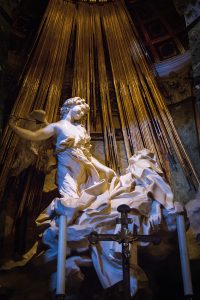
Rulers latched onto these advances, realising that they could project an image of supremacy through the orchestration of grand spectacles. A multitude of impressive multimedia performances were created by the great architects and impresarios of the time, brought to life by ephemeral contraptions of wood and cartapesta, fireworks, banquets, and fine costumes, accompanied by the magical sounds of Vivaldi, Rameau, and Lully which brought all the moving parts together.
For Malta, the Baroque period was one of its most formative and saw culture flourish. For the island state, this was a critical time, which saw it strive for excellence—not only holding its own next to its European counterparts, but also creating unsurpassed masterpieces. Gian Lorenzo Bernini’s Ecstasy of Santa Teresa in the Church of Santa Maria della Vittoria in Rome emerged to feast one’s eyes and soul in very much the same manner that that elegant Cavaliere Calabrese Mattia Preti managed, in the 1660s, to transform the interior of the Conventual Church of St John in Valletta into a unique liturgical experience.
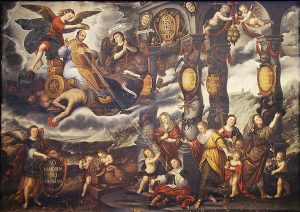
The International Institute for Baroque Studies (University of Malta) engages the public, conducts research, and instills an awareness of the Baroque world’s rich legacy. It contributes to the field through the Journal of Baroque Studies, an annual publication, as well as through courses and other major projects. Among its most prestigious contributions is ‘Lines of Defence’, a beautifully produced volume that brings together the collection of fortification plans of the Knights of the Order of St John housed in the National Library of Malta in Valletta.
American poet Robert Penn Warren rightly stated, ‘History cannot give us a programme for the future, but it can give us a fuller understanding of ourselves and of our common humanity, so that we can better face the future.’ A look into the amazing Baroque world will do nothing less.

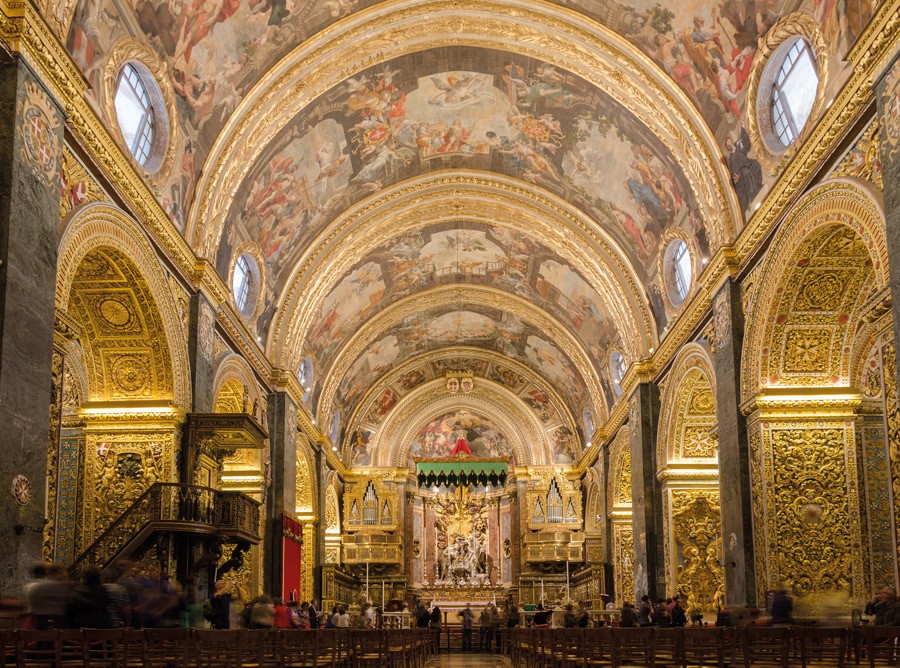

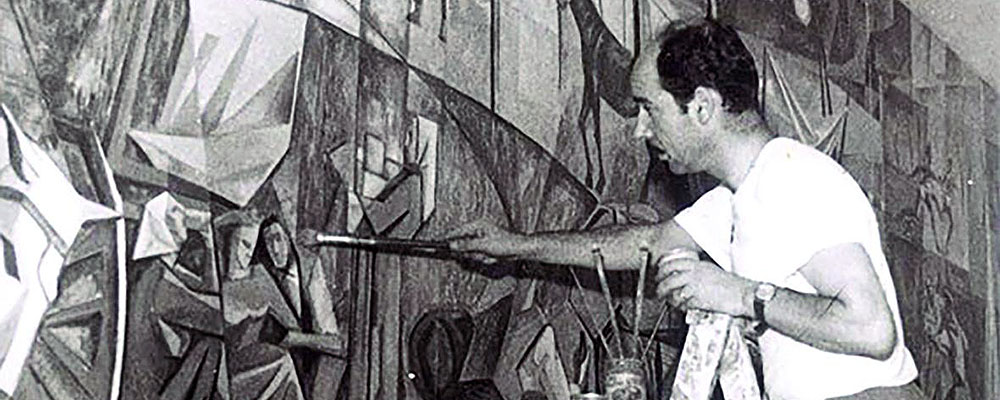
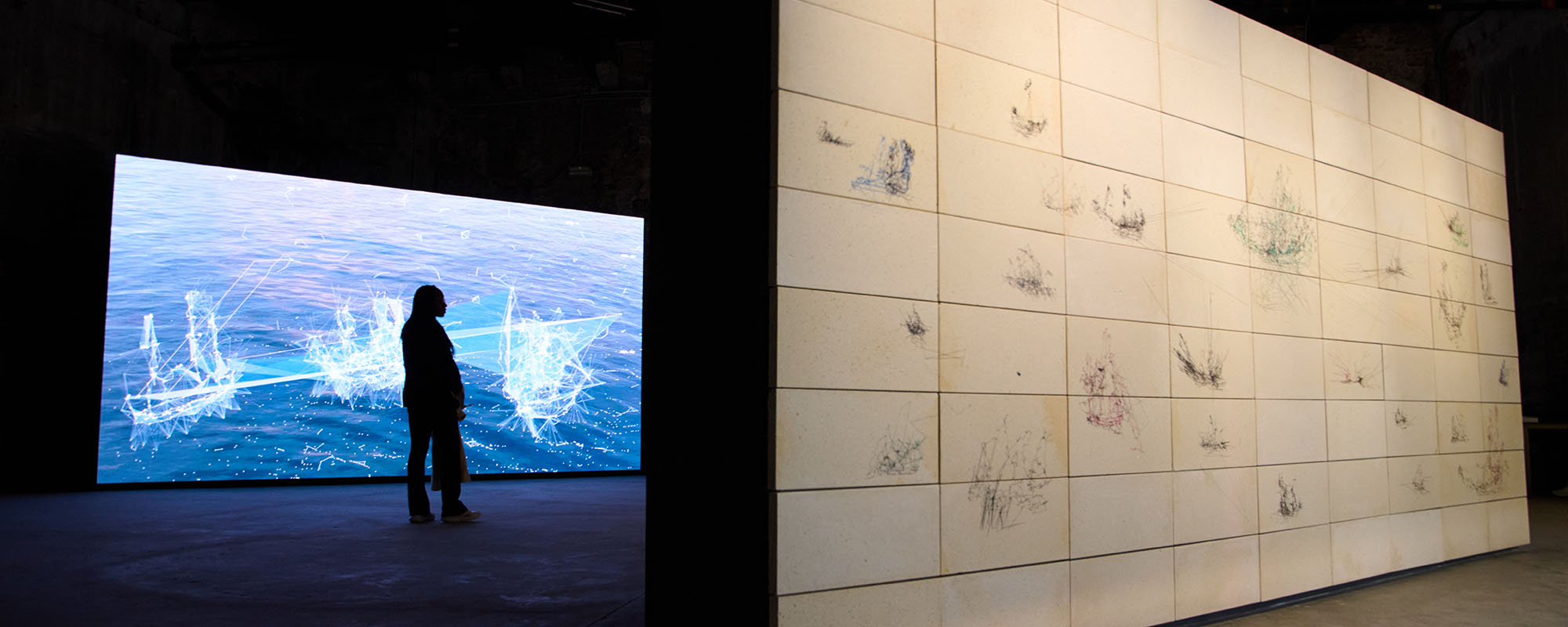
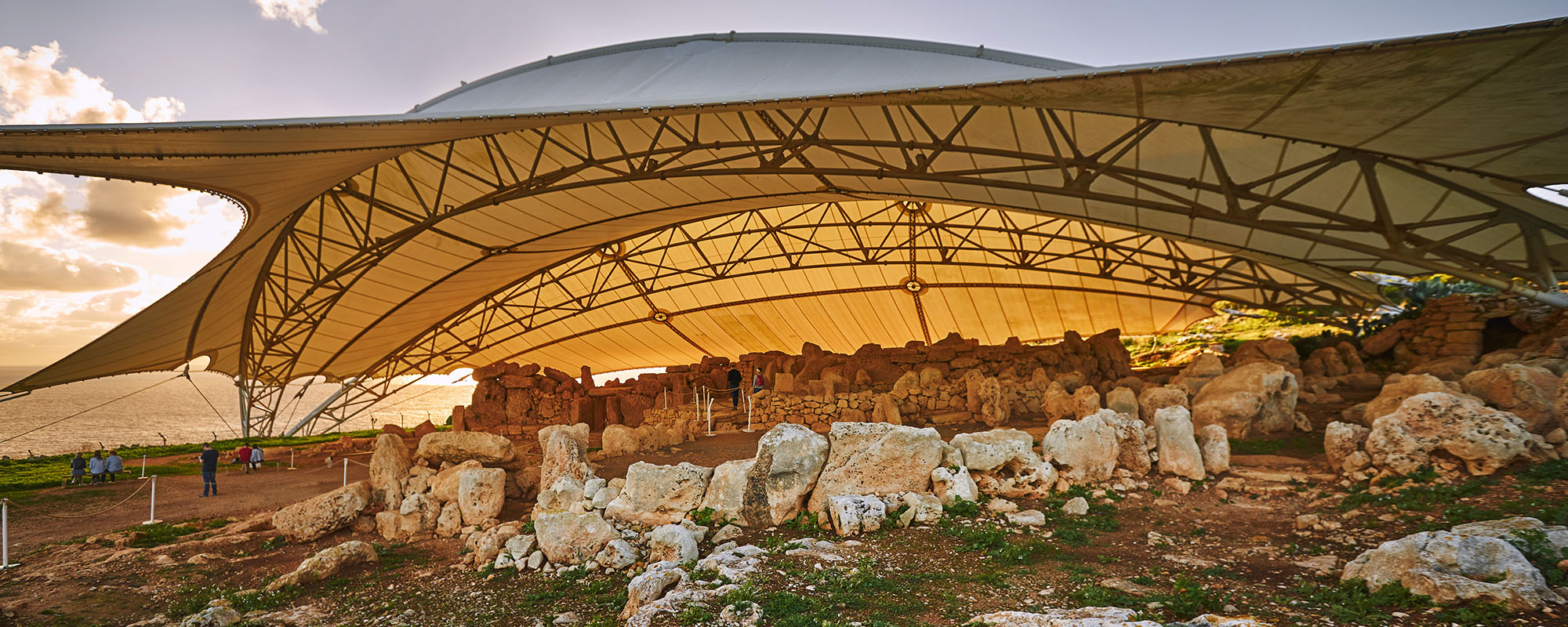
Comments are closed for this article!